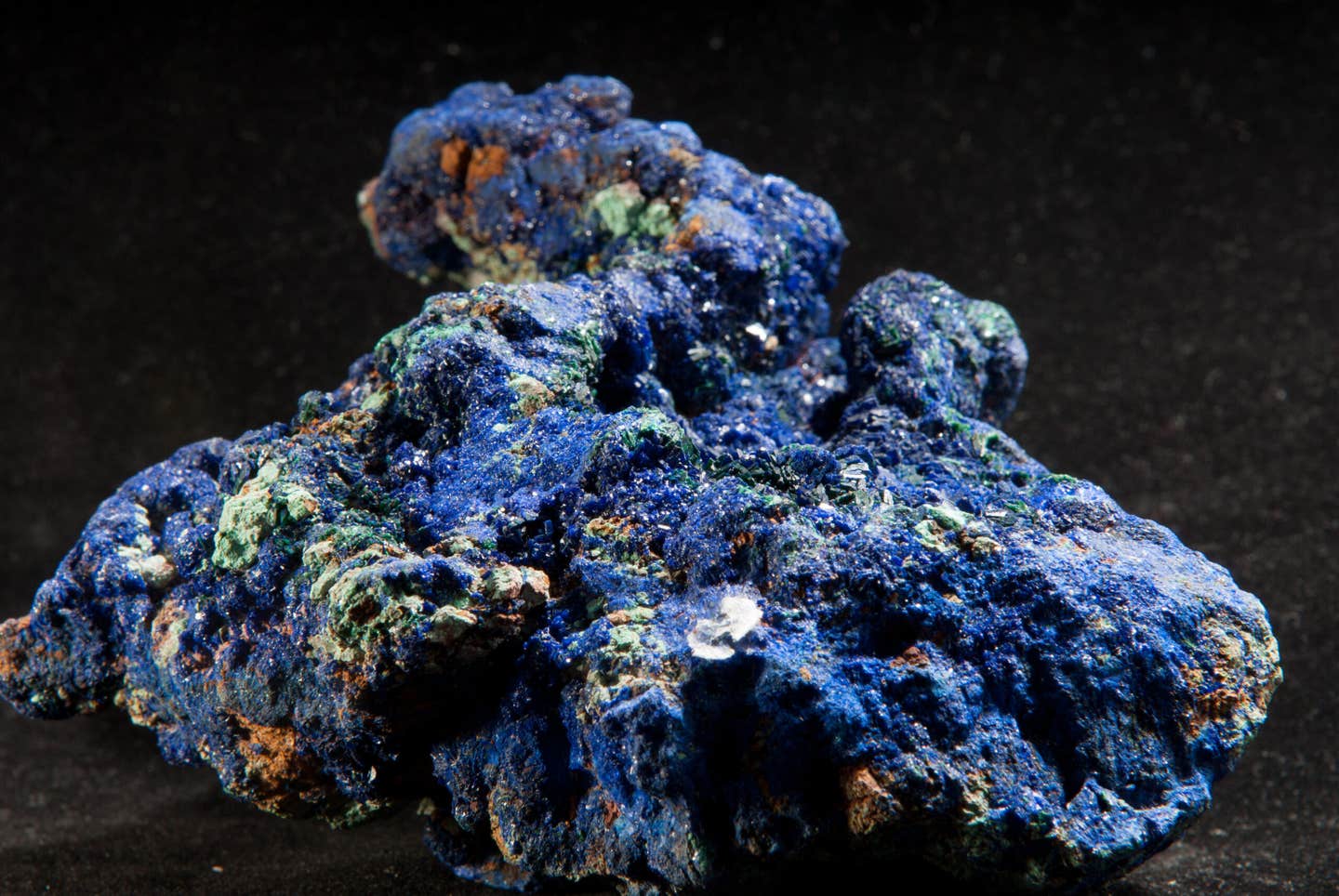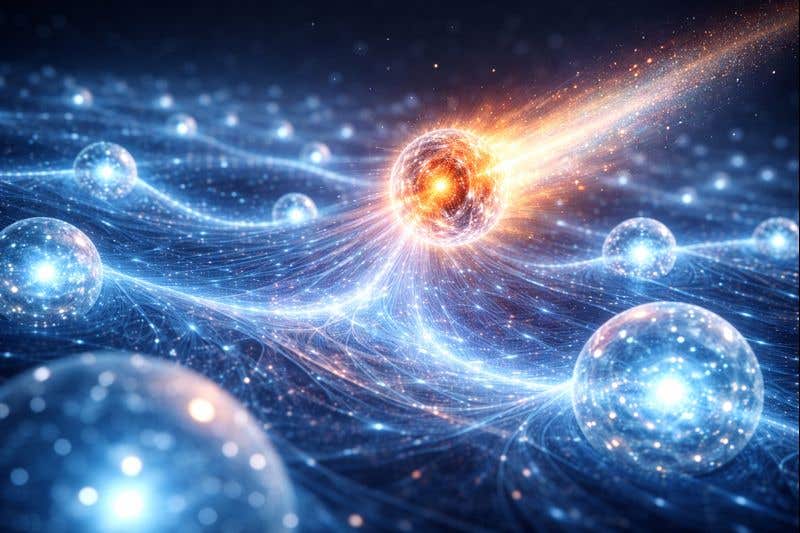Why are some twins identical and others are not? Scientists now know
Scientists may have solved the mystery of why some twins are identical and could pave the way for the treatment of congenital disorders.

[Sept 30, 2021: The Brighter Side of News]
Why and how identical twins form often is a long-standing enigma of human developmental biology. (CREDIT: Getty Images)
Scientists may have solved the medical mystery of why some twins are identical. The research could pave the way for the treatment of congenital disorders. Researchers from the Netherlands have for the first time found a stable DNA methylation signature in identical twins that could be tweaking the developments during pregnancy.
Identical twins are formed after zygote, a fertilised egg splits into two embryos and shares the same genes. The zygote divides into two or more embryos early in development. While we know much about the biological origins of nonidentical twins, which run strongly in families, pointing to genetic influences, why and how identical twins form often is a long-standing enigma of human developmental biology.
The research published in the journal Nature Communications states "because identical twins keep a lifelong molecular signature, we can retrospectively diagnose if a person was conceived as a monozygotic twin."
Professor Dorret Boomsma of the Netherlands Twin Register (VU), who specialises in genetics and twin studies said, "This is a very big discovery. The origin and birth of identical twins have always been a complete mystery. It is one of the few traits in which genetics plays no or very modest role. This is the first time that we have found a biological marker of this phenomenon in humans. The explanation appears not to lie in the genome, but in its epigenome.”
ENIGMA OF IDENTICAL TWINS
Researchers said that identical twins in families form at a rate of about four per 1000 births all around the world. However, no analyses of possible genetic predisposition nor studies of environmental exposures had shed light on the origins of monozygotic twinning.
Unidentical twins arise after double ovulation, in which the genetic predisposition of the mother plays a major role.
Identical twins arise from a single embryo that splits into two in the very early stages of pregnancy and retain the same base-pair sequence of their genes. To date, it is unknown why this happens. Researchers have now found that it is the information in the chromosomes that differs between identical twins. However, these differences are not in the DNA code but in small chemical marks associated with it known as epigenome.
Epigenomes are control elements that determine how genes are tuned and how strongly they are expressed. DNA methylation controls which genes are “on” and which genes are “off” in each cell of the body.
Researchers studied twins from the Netherlands, Great Britain, Finland, and Australia and measured the level of methylation at more than 4,00,000 sites in the DNA of more than 6,000 twins. The researchers found 834 locations in the DNA where the methylation level was different in identical twins than in non-twins.
"These locations in the DNA are involved in functions in early embryonic development. In addition to insights into the fabrics of monozygotic twins, our results may lead to a better understanding of congenital abnormalities that occur more often in monozygotic twins in the future," Dr Jenny van Dongen, who leads the study said in a statement.
She added that another particularly surprising finding in this study is that we can determine from the epigenetic profile of a person whether he/she is an identical twin or has lost a monozygotic twin sibling early in pregnancy, also known as vanishing twin syndrome.
For more science stories check out our New Discoveries section at The Brighter Side of News.
Like these kind of feel good stories? Get the Brighter Side of News' newsletter.
Tags: #New_Discoveries, #Reproduction, #Indentical_Twins, #DNA, #Science, #Cells, #Research, #The_Brighter_Side_of_News



